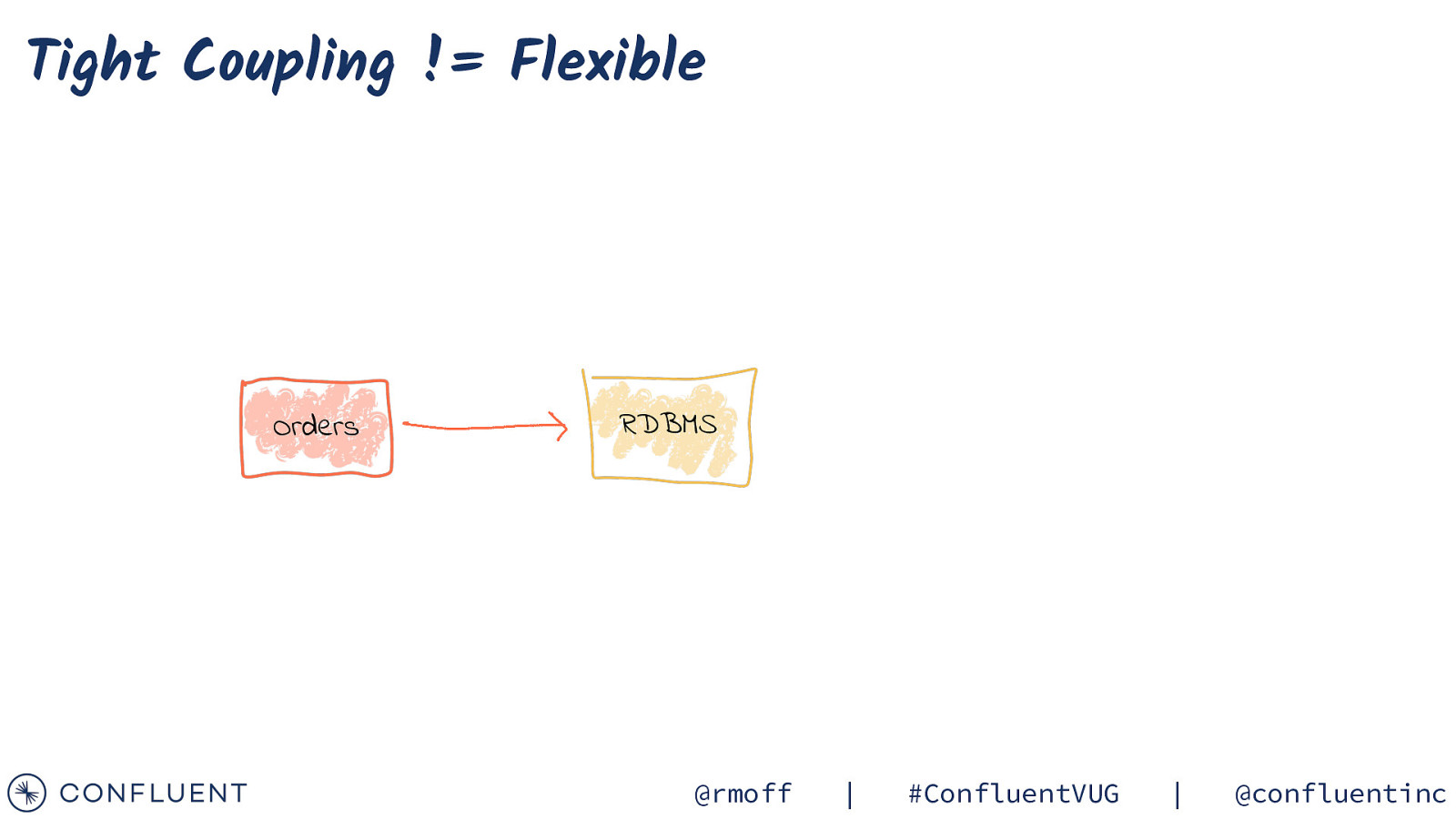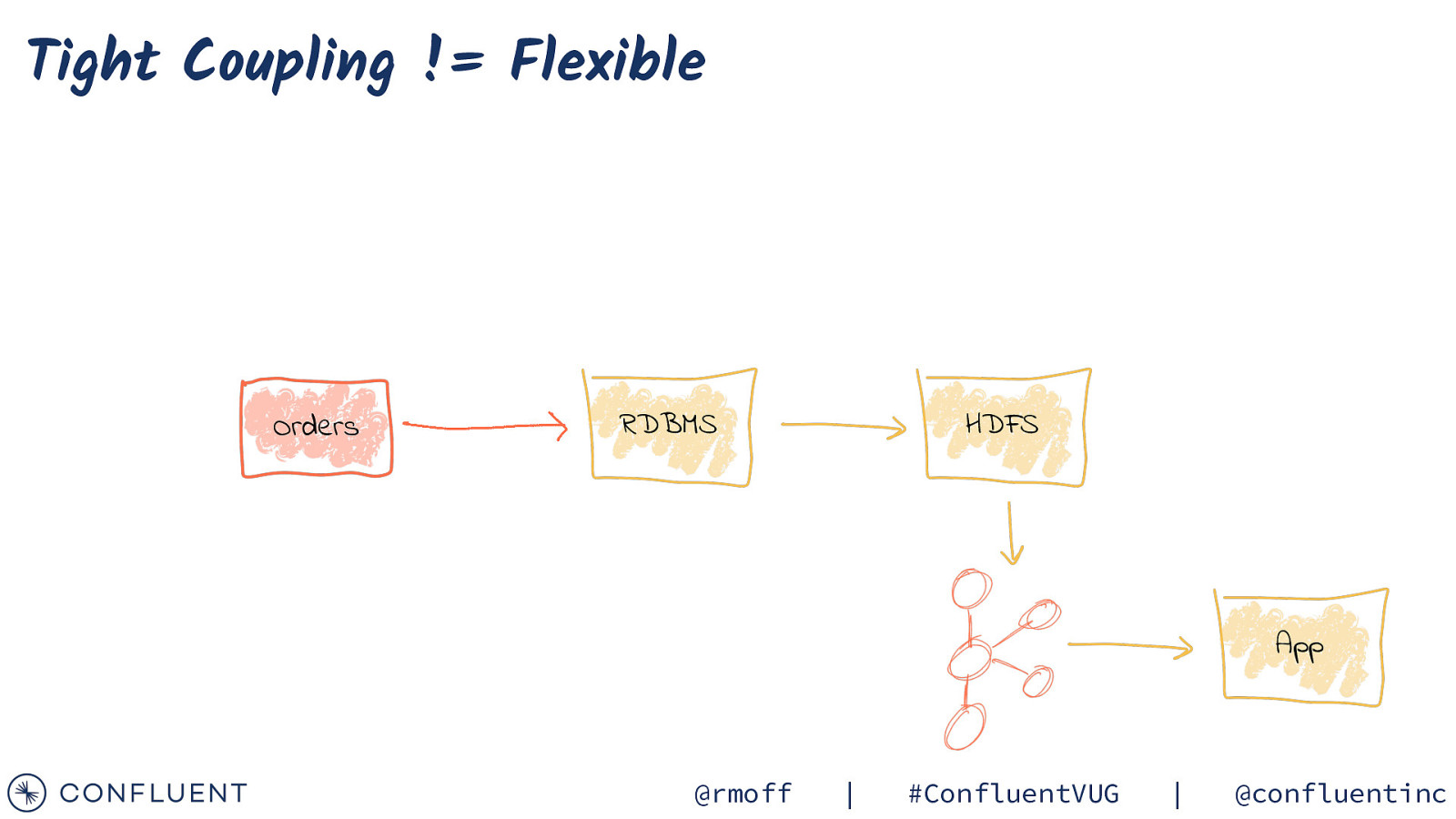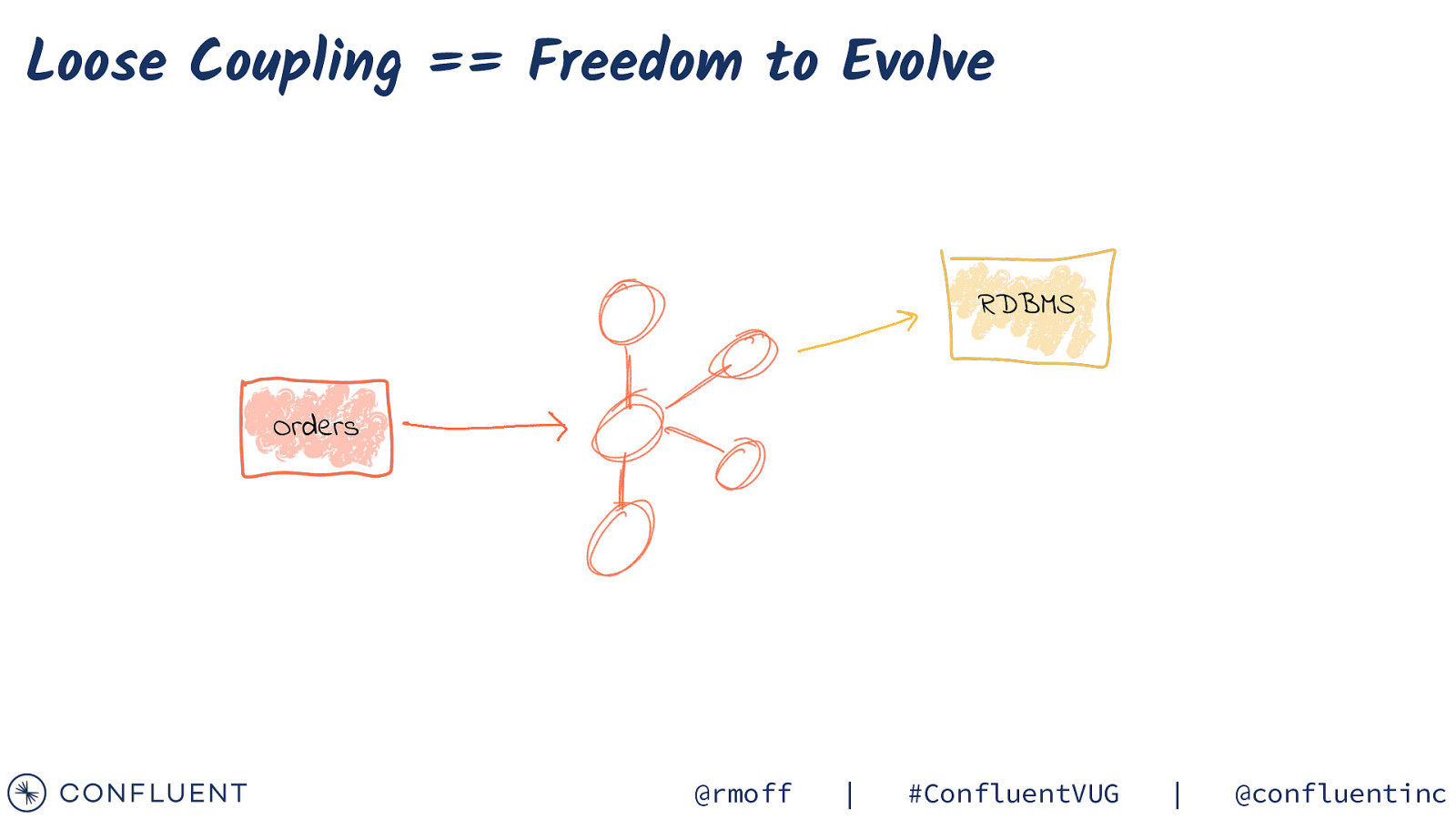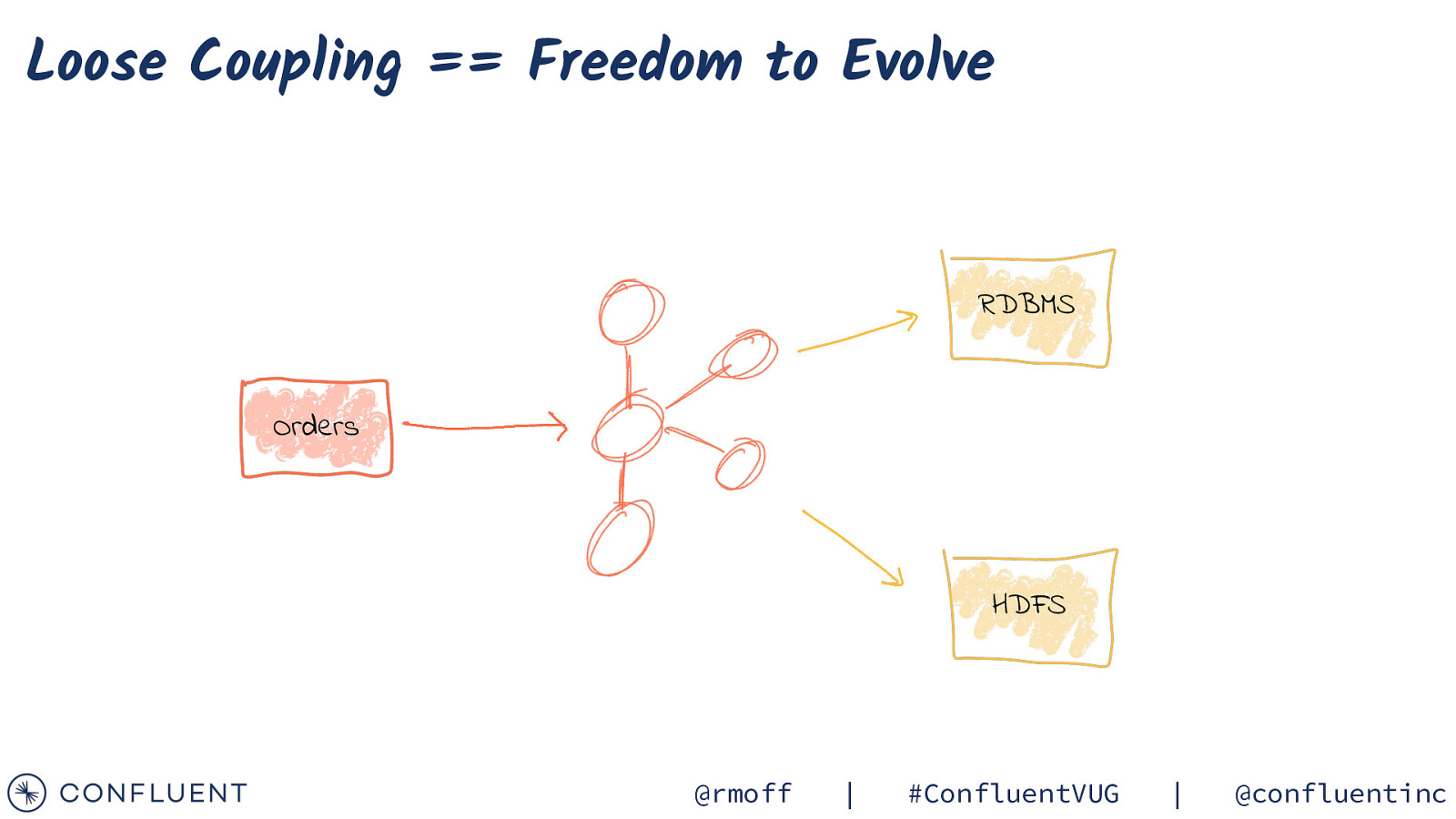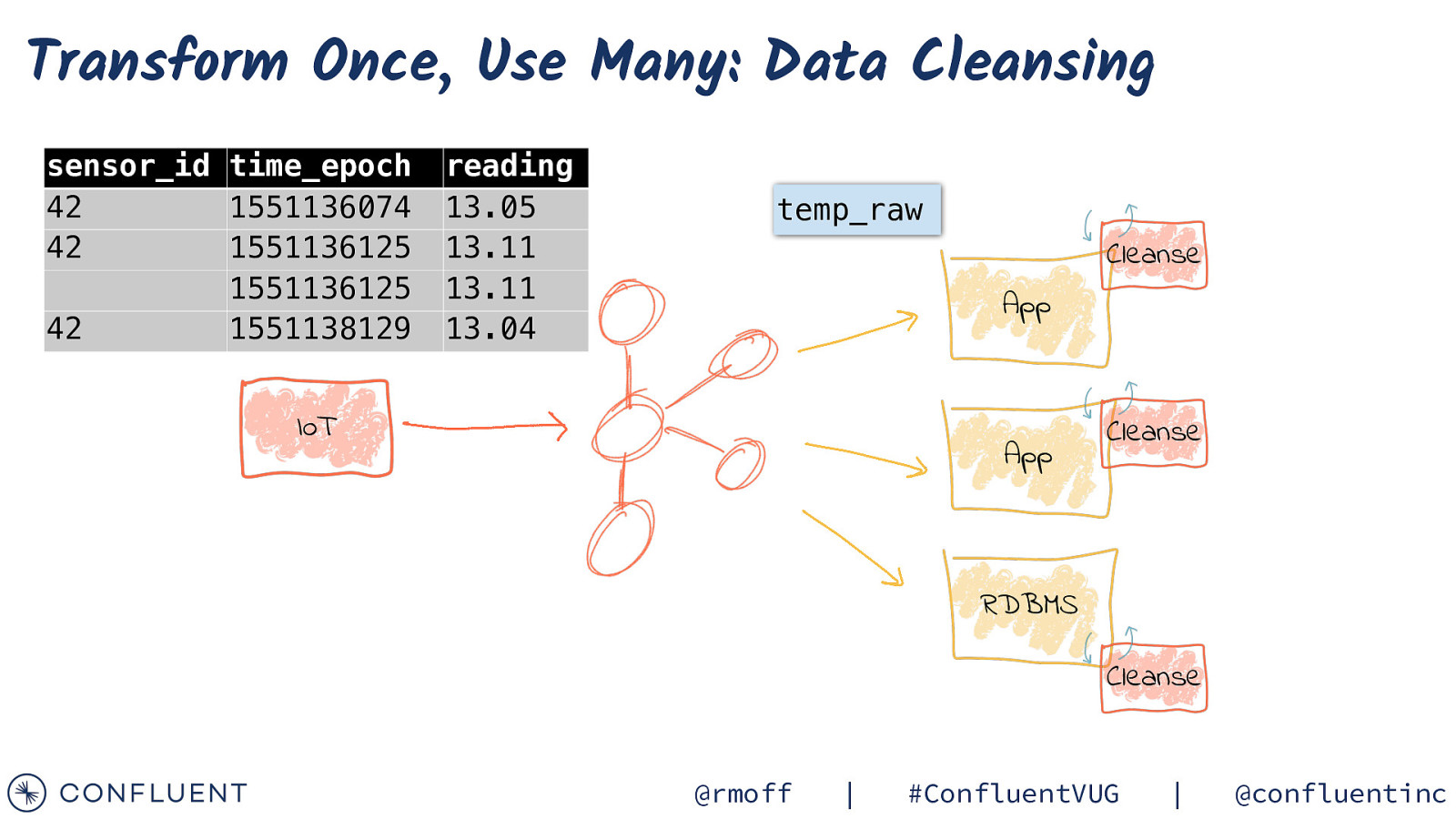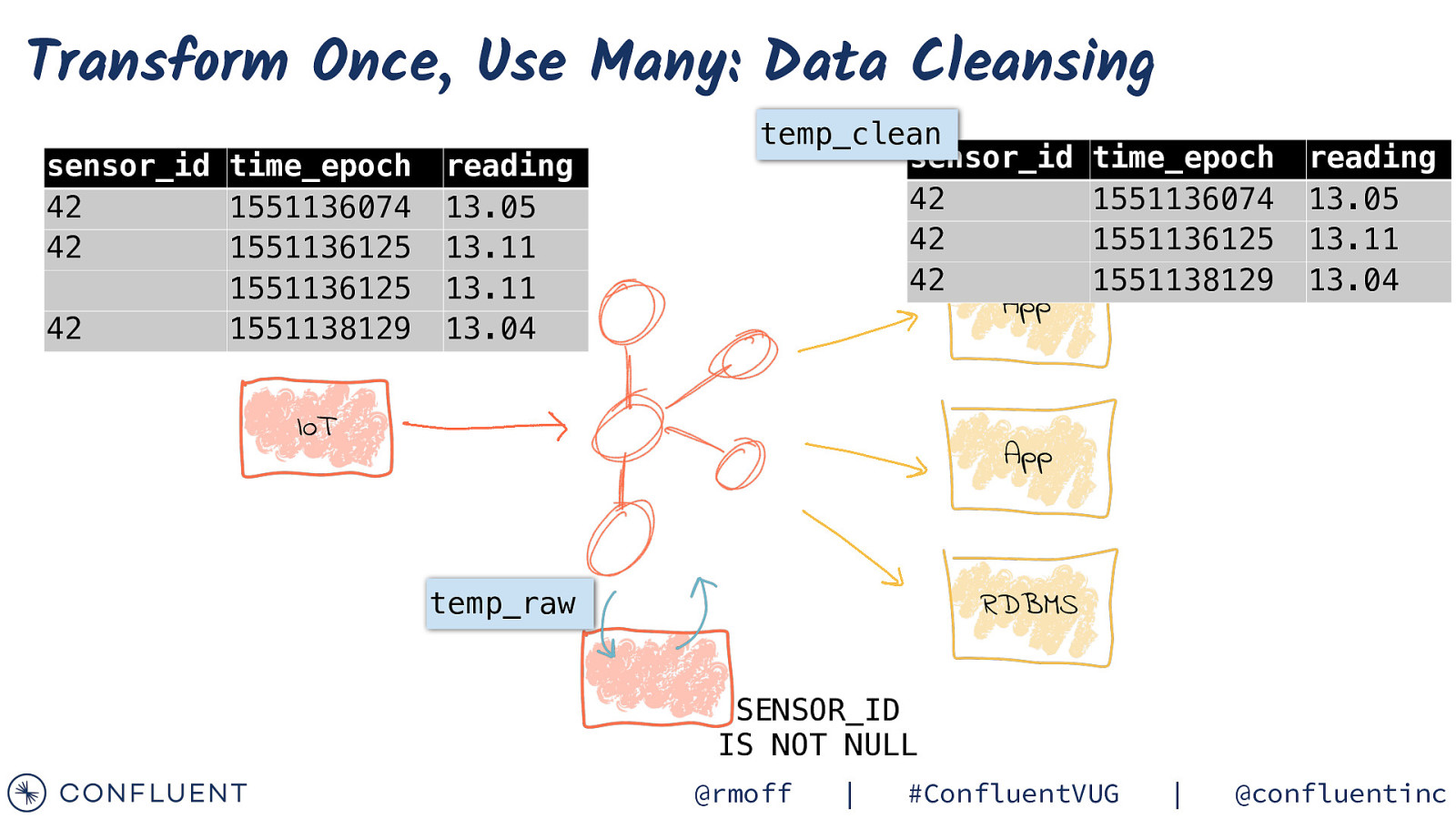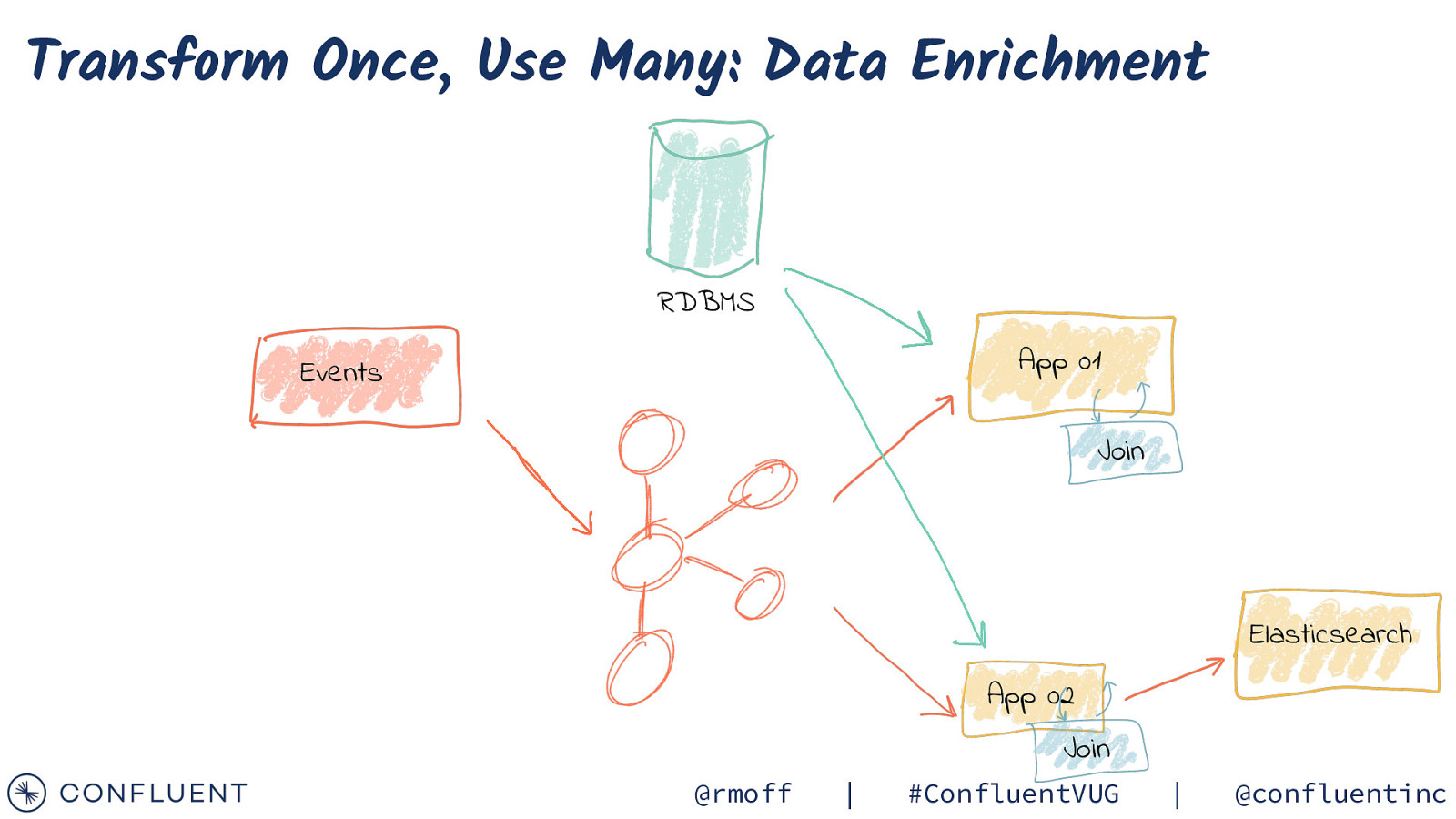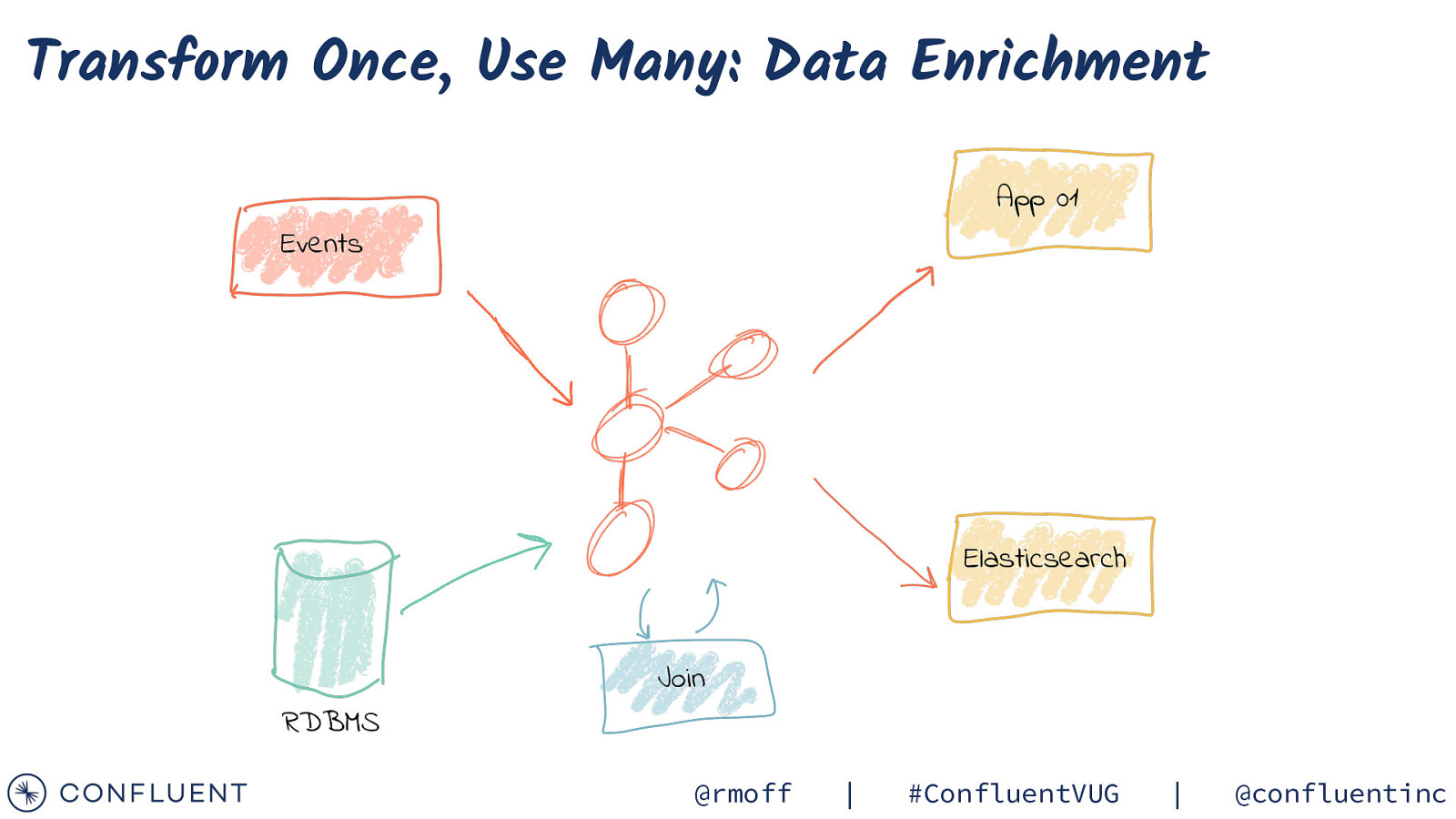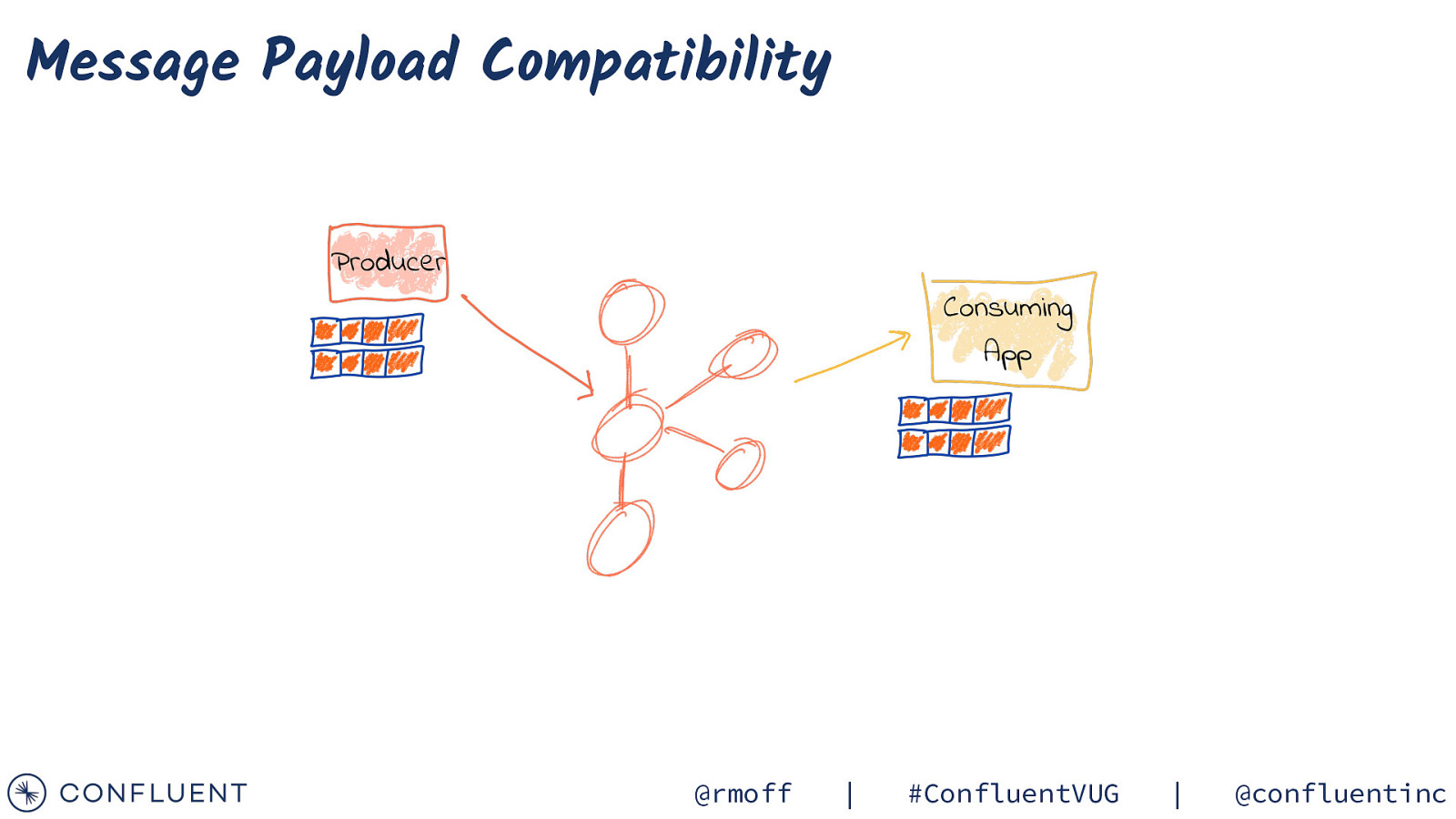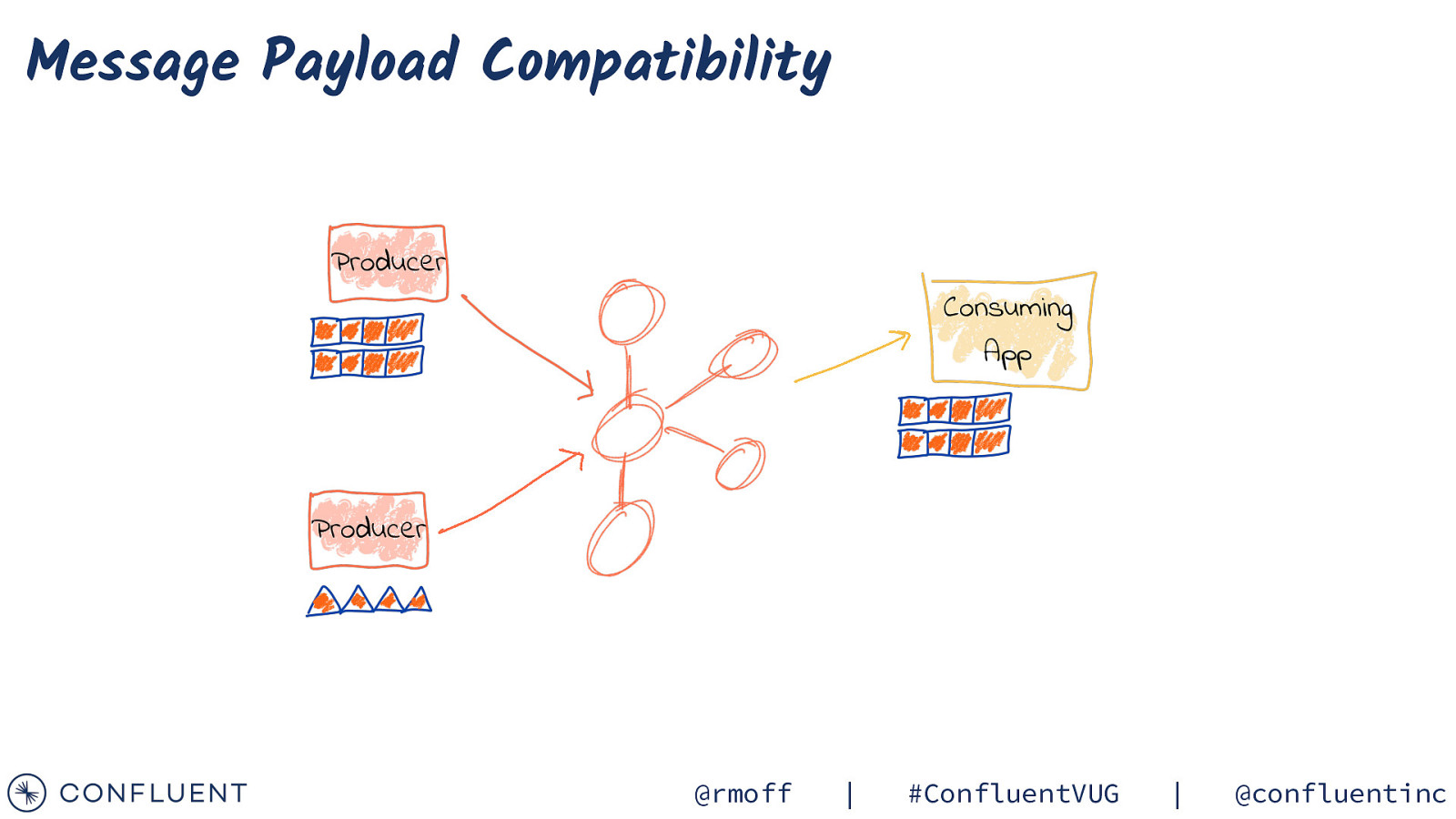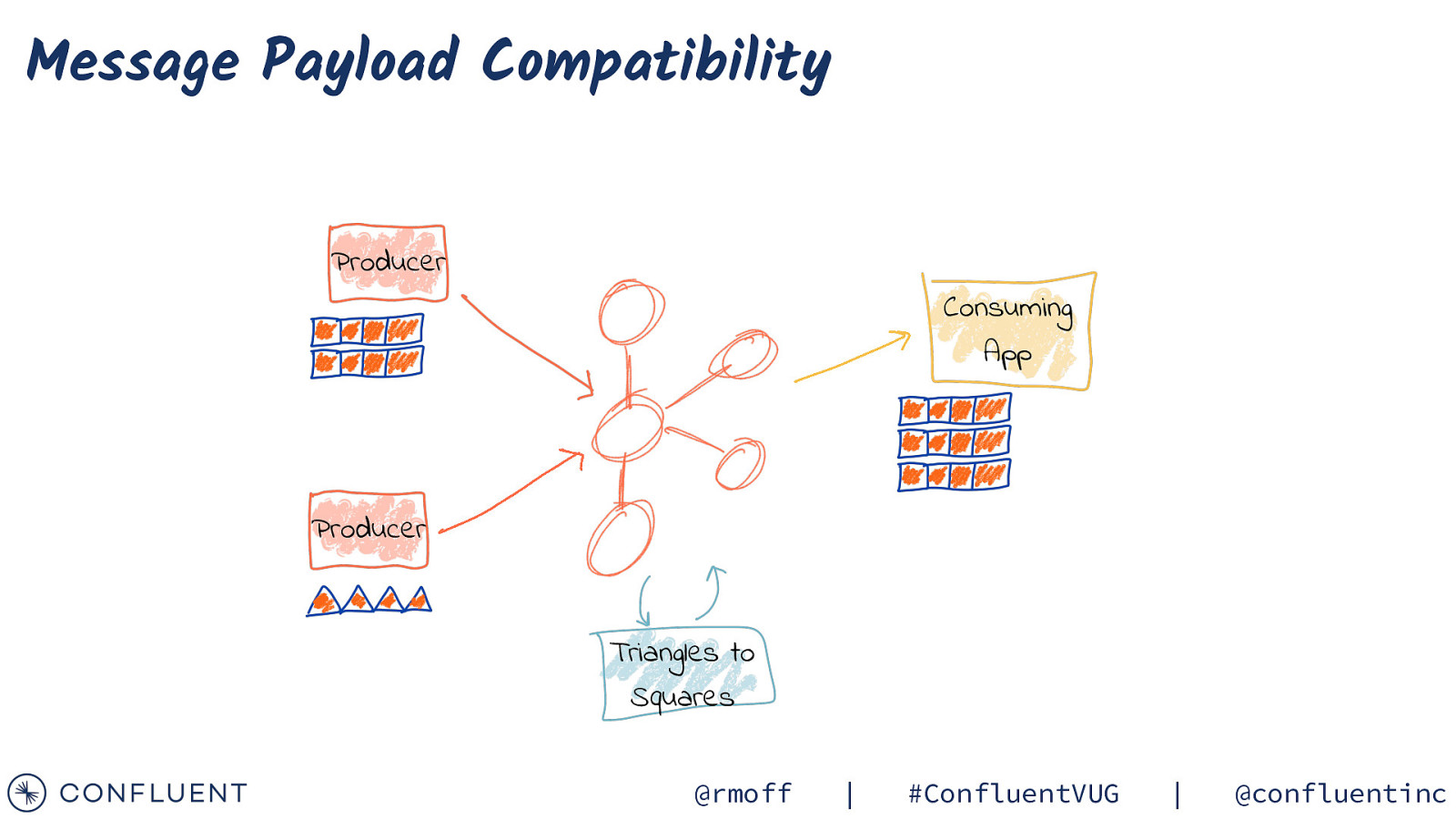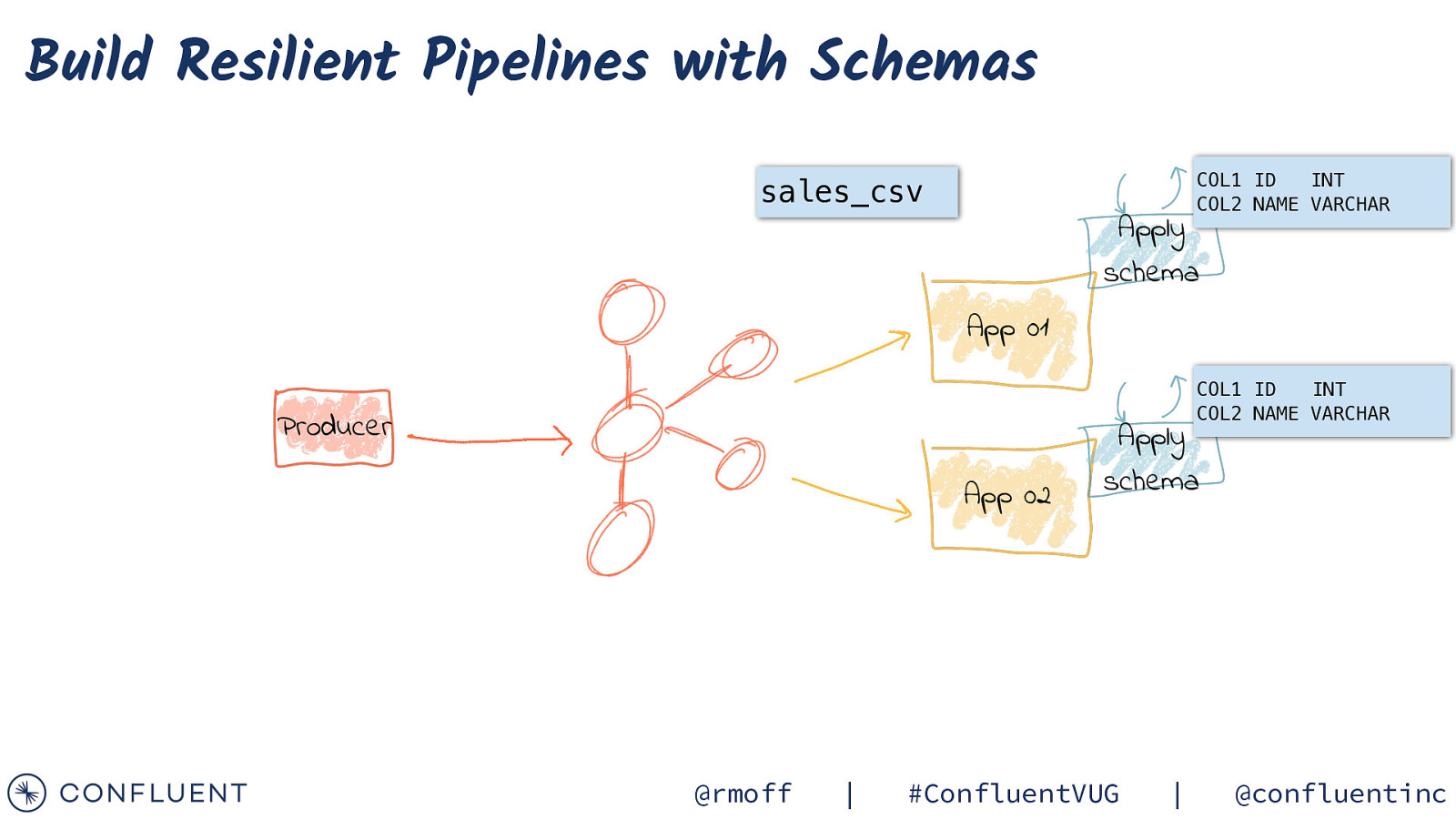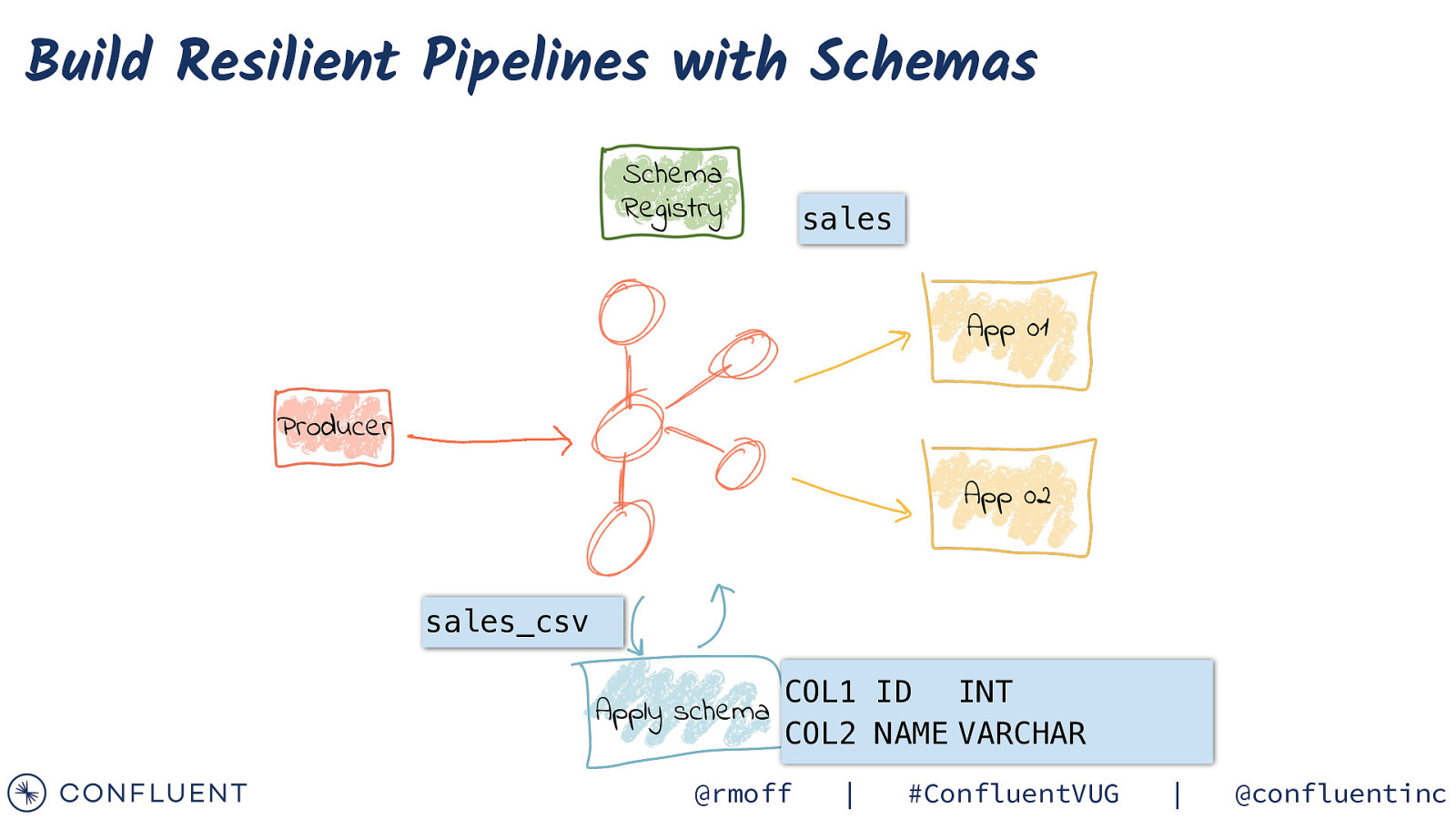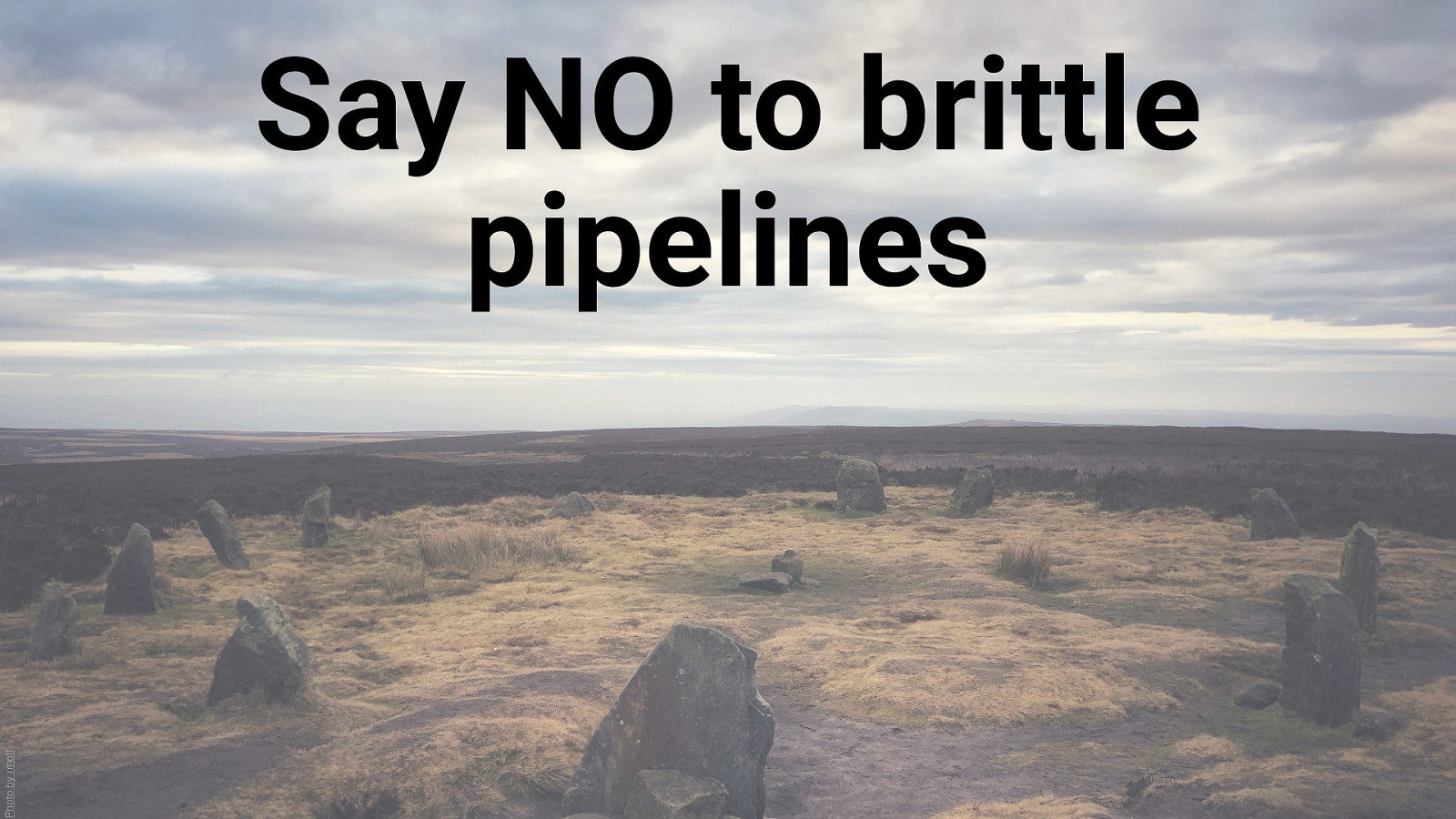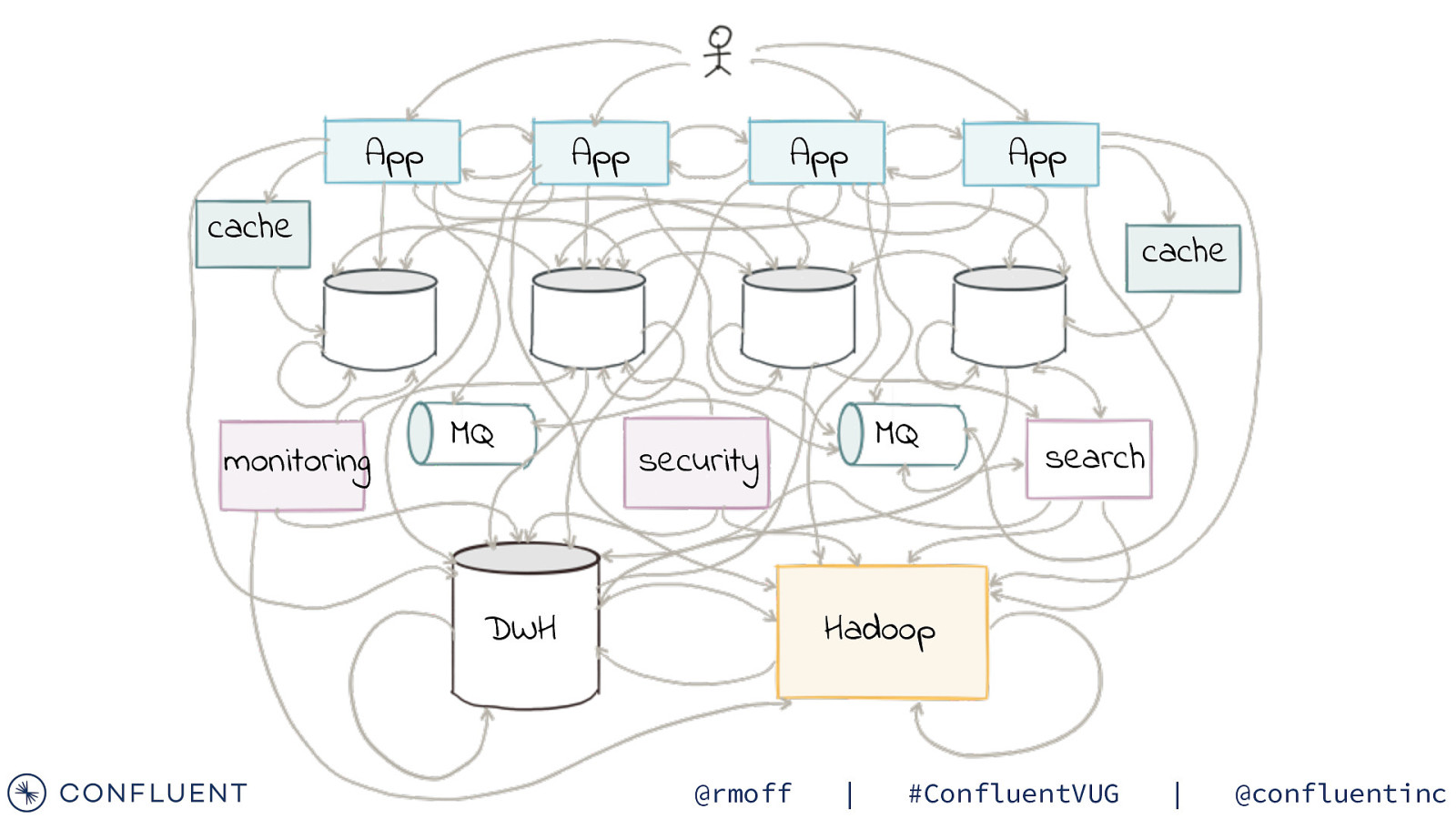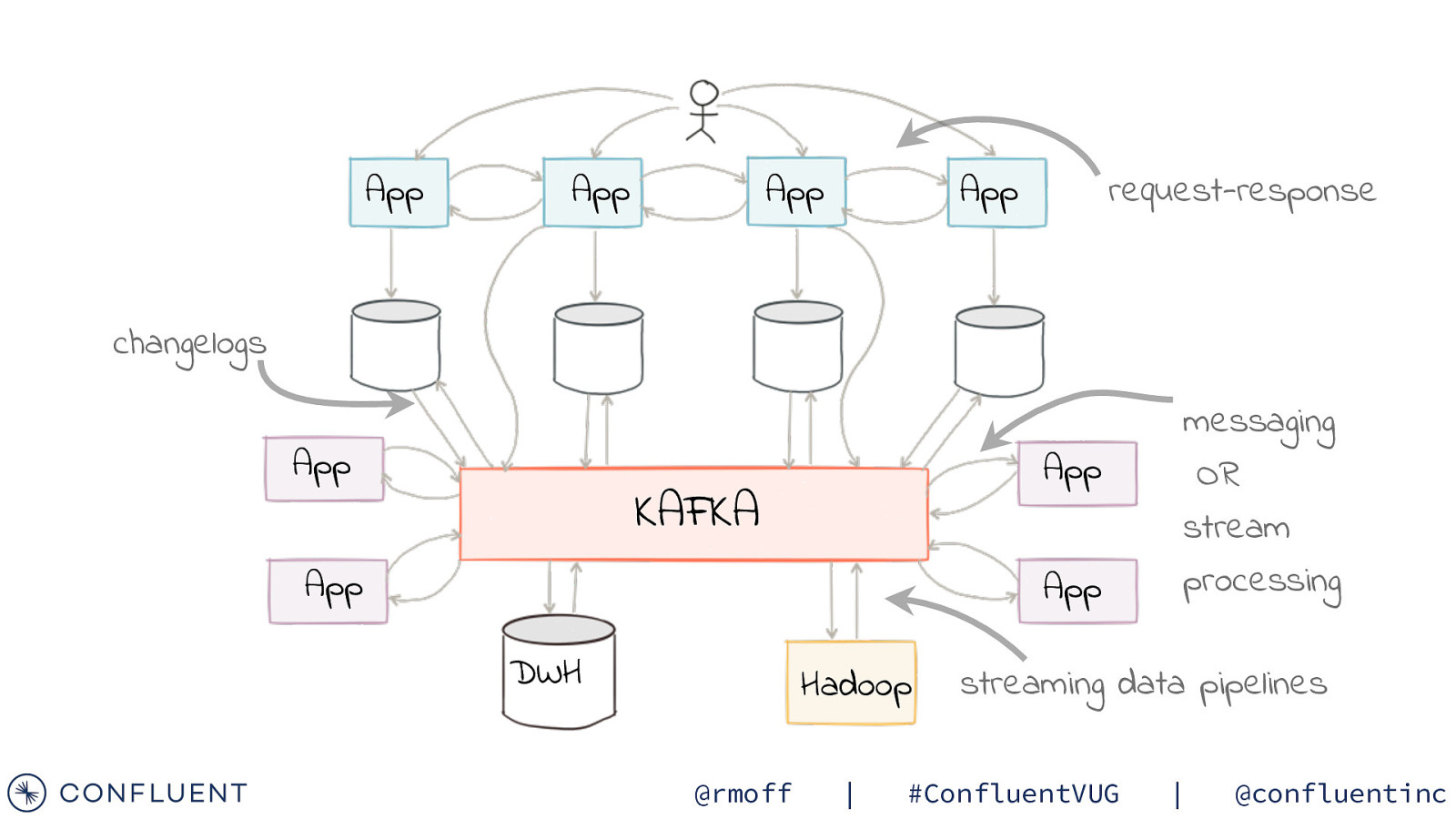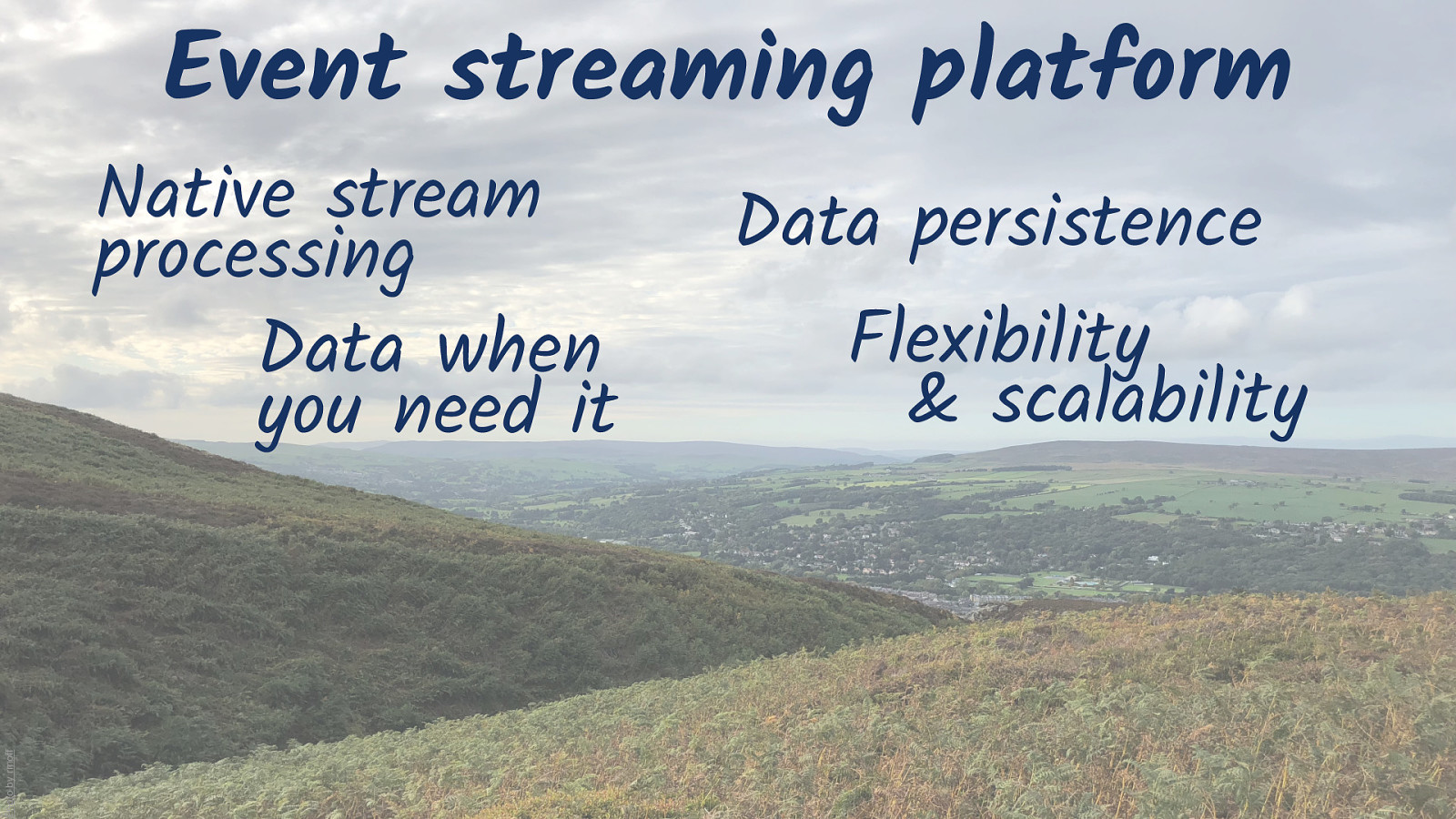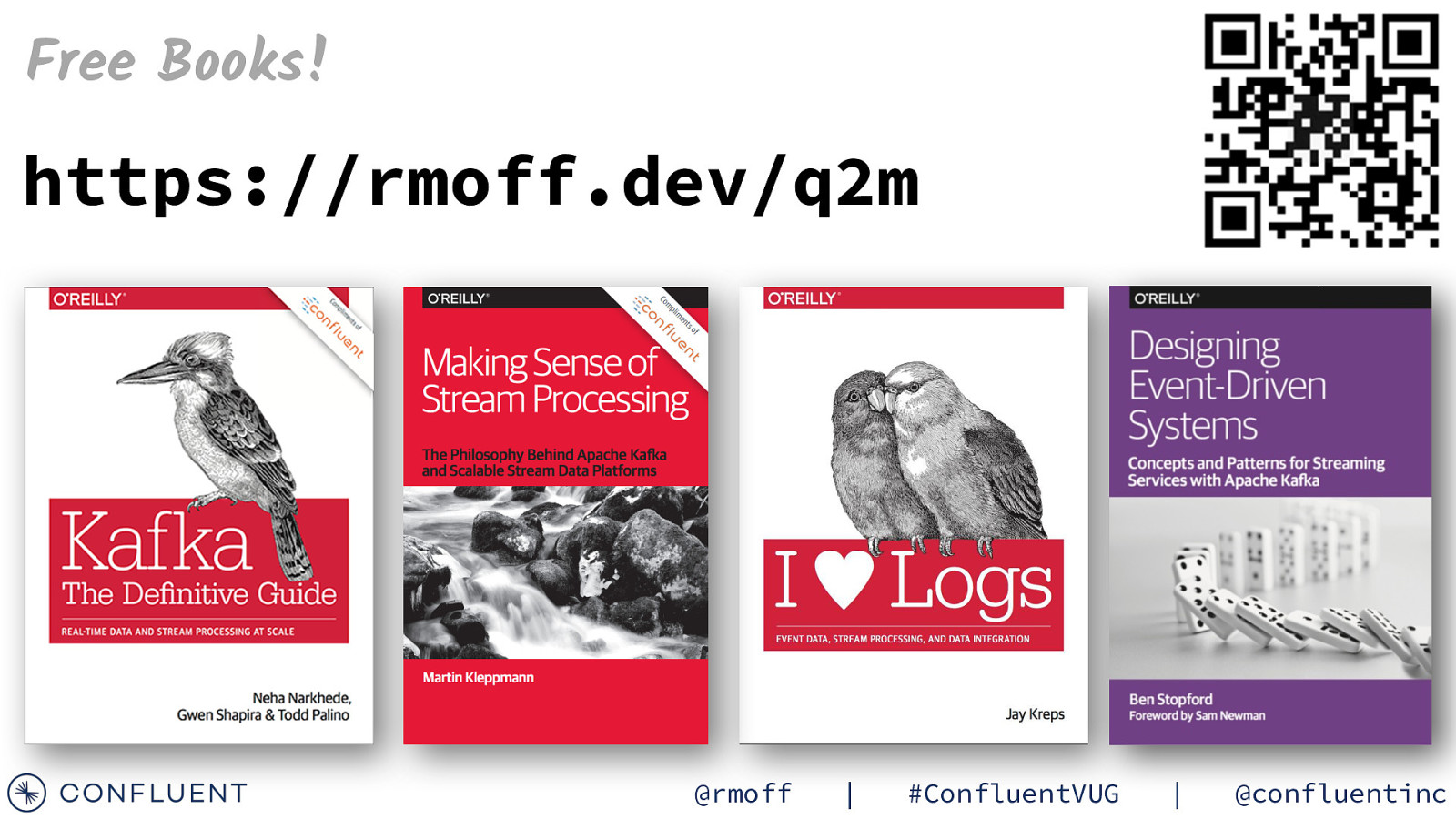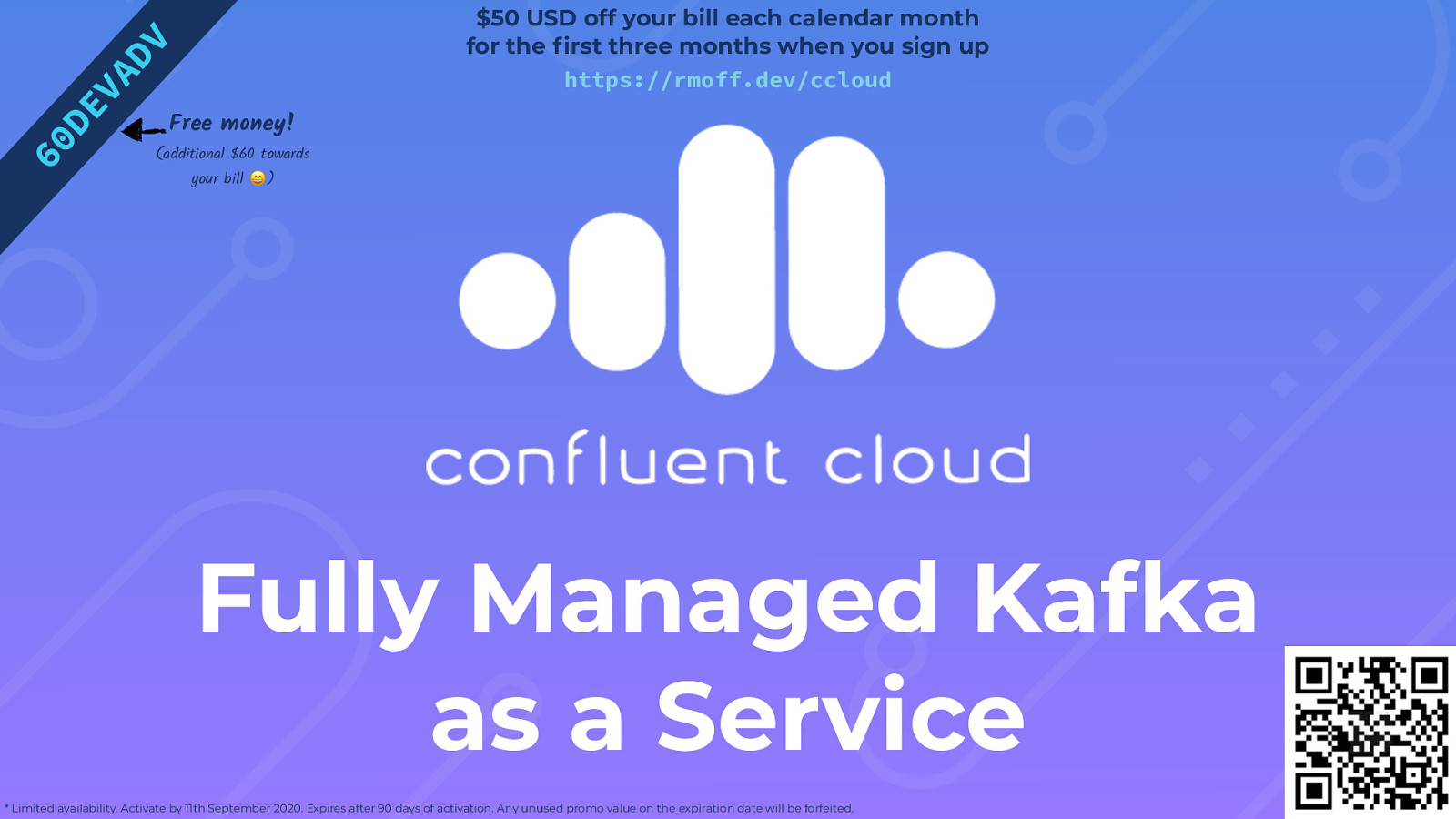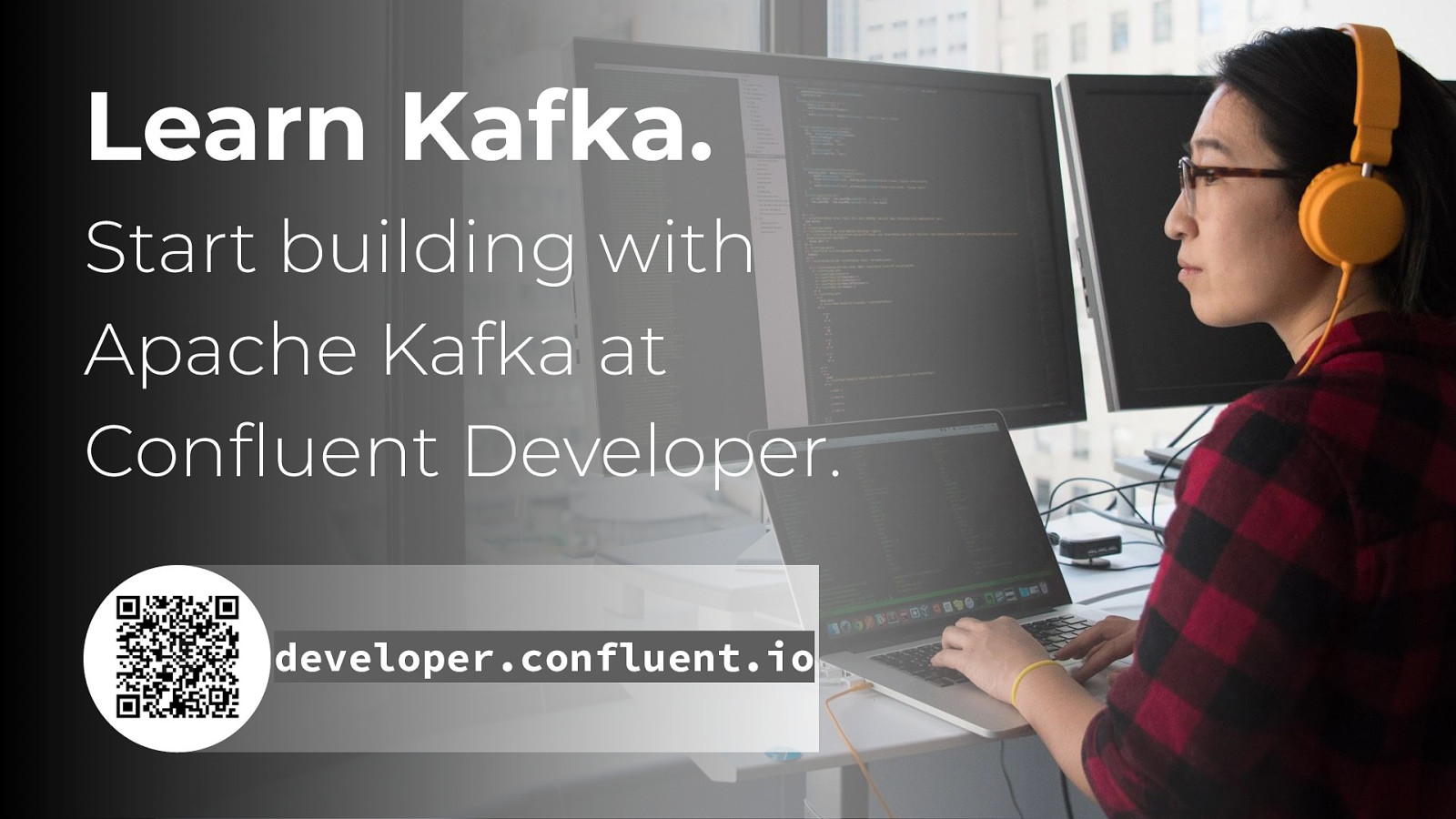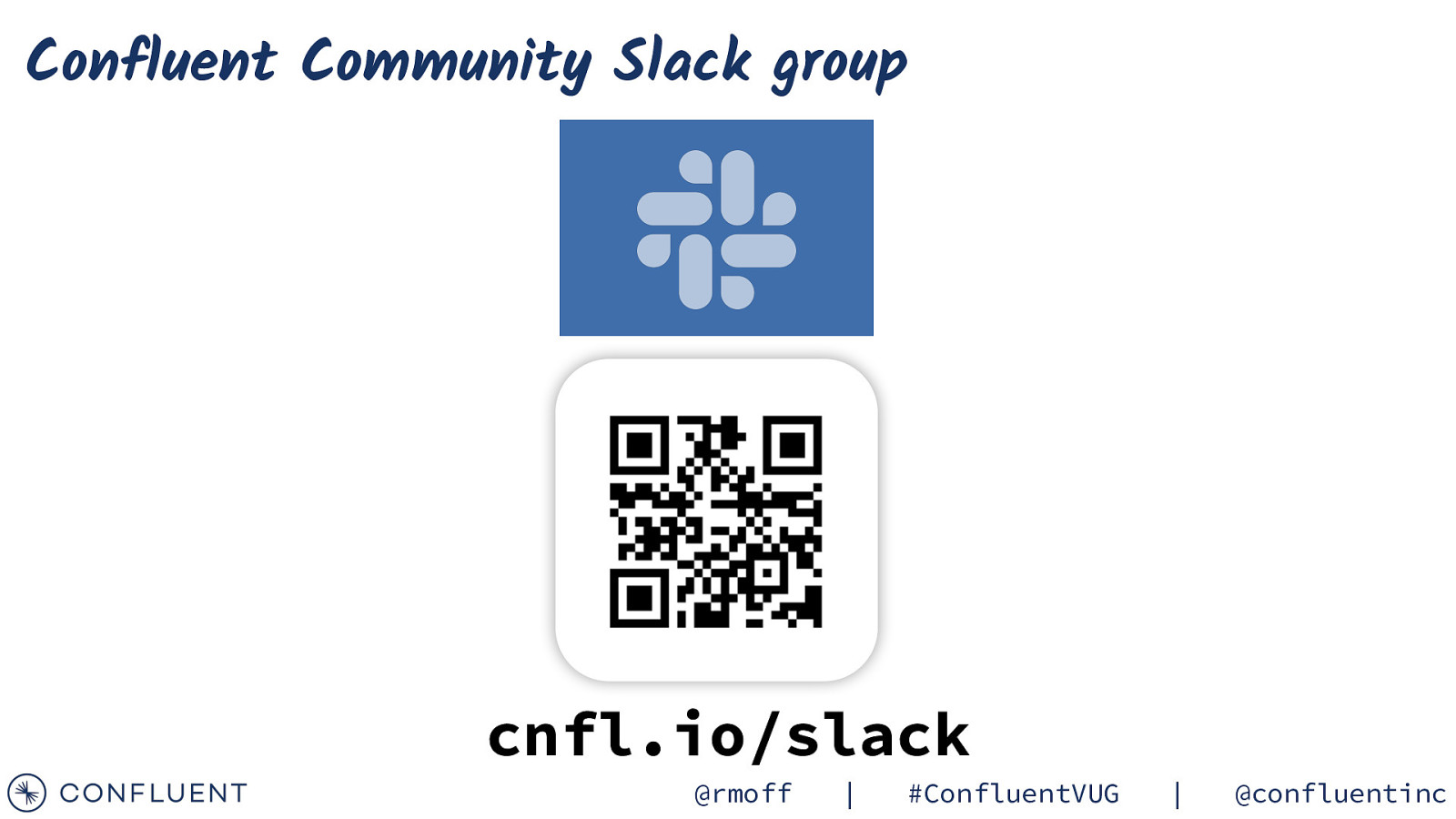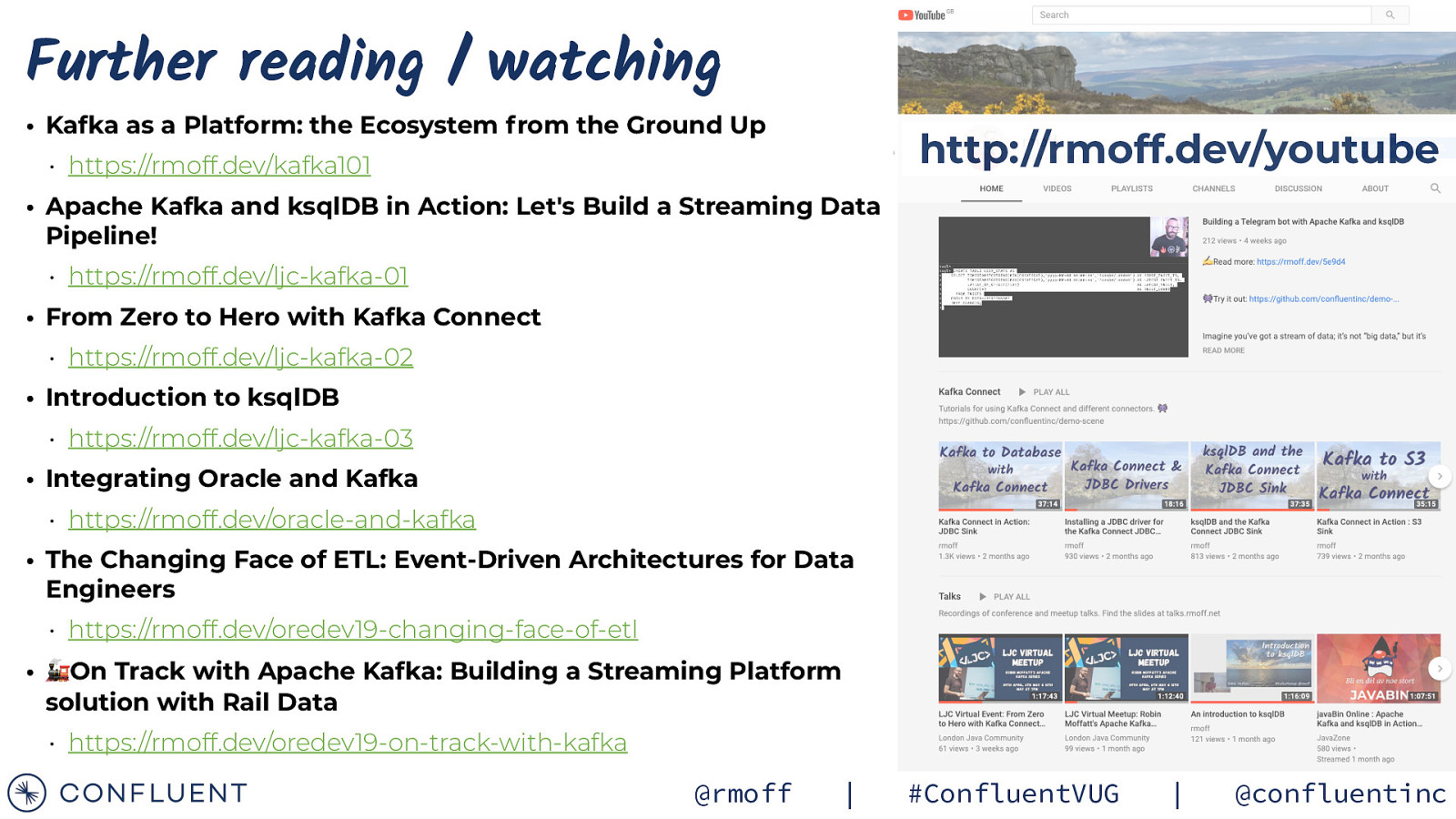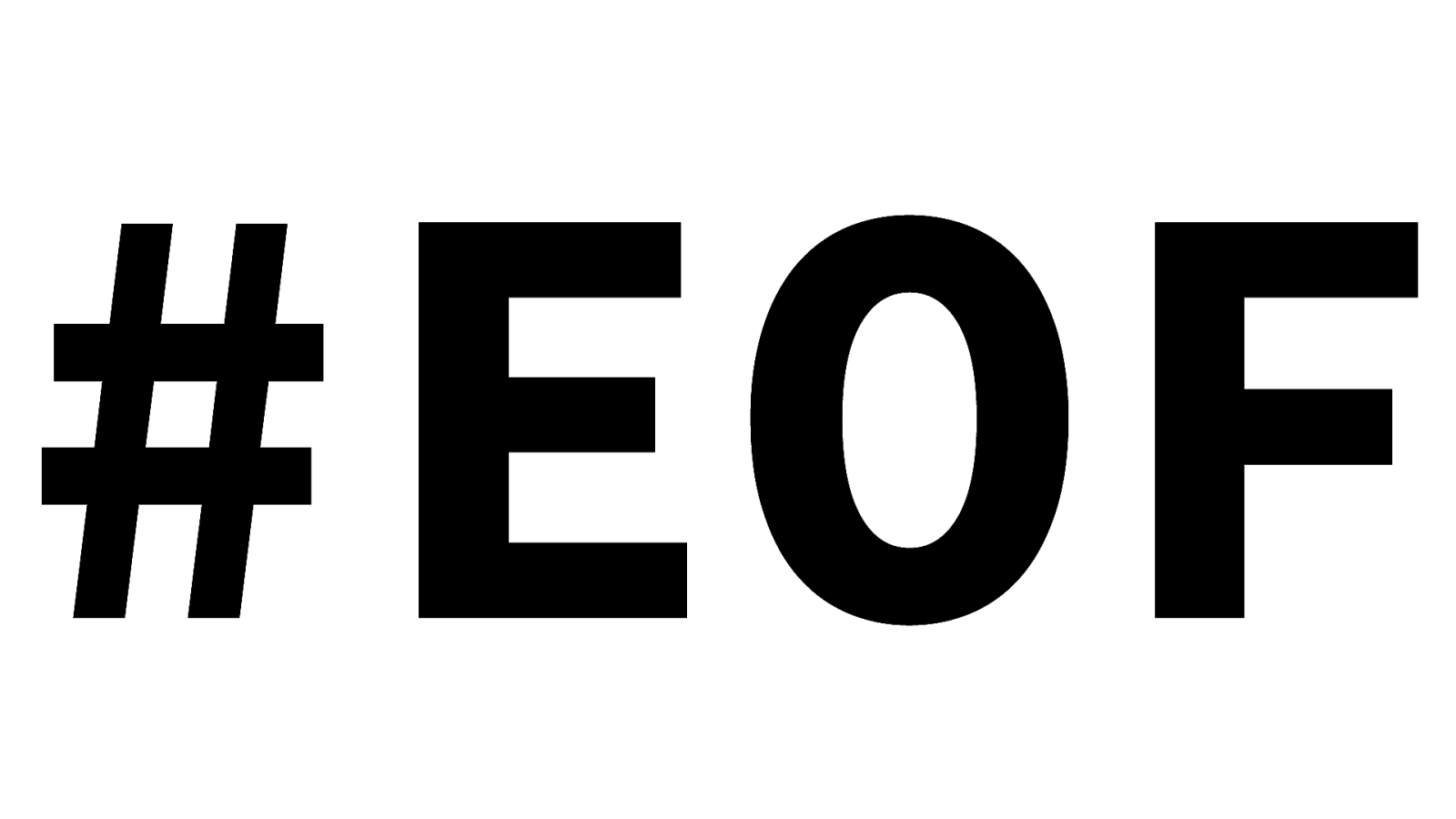The Changing Face of ETL: Event-Driven Architectures for Data Engineers
A presentation at Confluent VUG by Robin Moffatt
Data integration in architectures built on static, update-in-place datastores inevitably end up with pathologically high degrees of coupling and poor scalability. This has been the standard practice for decades, as we attempt to build data pipelines on top of databases that do a poor job modelling the fundamental objects that drive our businesses and systems: events.
Events carry both notification and state, and form a powerful primitive on which to build systems for developers and data engineers alike. Developers benefit from the asynchronous communication that events enable between services, and data engineers benefit from the integration capabilities. Everyone gains from using the standards-based, scalable and resilient streaming platform.
In this talk, we’ll discuss the concepts of events, their relevance to both software engineers and data engineers and their ability to unify architectures in a powerful way. We’ll see how stream processing makes sense in both a microservices and ETL environment, and why analytics, data integration and ETL fit naturally into a streaming world. The talk will conclude with a hands-on demonstration of these concepts in practice using Apache Kafka and commentary on the design choices made.
Join this talk to learn:
- The power of events and unbounded data
- Streaming is not just for real-time applications—it’s for everyone
- Where a streaming platform fits in an analytic architecture
- How event-driven architectures can enable greater scalability and flexibility of systems both now and in the future
Resources
The following resources were mentioned during the presentation or are useful additional information.
-
☁️Confluent Cloud
Fully Managed Apache Kafka, Schema Registry, ksqlDB, and Connectors.
-
📌Kafka as a Platform: the Ecosystem from the Ground Up
Kafka 101 - introducing the concepts, the APIs, and the ecosystem
-
🎥 Recording
-
📚Free eBooks
Free eBooks to download, including Kafka: The Definitive Guide.
-
ℹ️ Confluent Developer
Tutorials, videos, blogs, podcasts, and more - all for developers working with Apache Kafka and Confluent Platform
-
🎥 Kafka Connect tutorials on YouTube
-
🧩 Confluent Hub
Huge list of connectors for Kafka Connect
-
👾 Building a Telegram Bot Powered by Apache Kafka and ksqlDB
A fun blog showing what you can do with ksqlDB and Kafka
-
💬 Confluent Community Slack group
-
📌 Apache Kafka and ksqlDB in Action: Let’s Build a Streaming Data Pipeline!
-
📌 Introduction to ksqlDB
Learn all about ksqlDB in this 45 minute talk & live demo
-
📌From Zero to Hero with Kafka Connect
Learn all about Kafka Connect (including the connectors available with ksqlDB)
-
📌The Changing Face of ETL: Event-Driven Architectures for Data Engineers
-
🚂On Track with Apache Kafka: Building a Streaming Platform solution with Rail Data
Apache Kafka and Confluent Platform in Action! Using live streams of rail movement data in all sorts of useful ways for analysis and applications.
Buzz and feedback
Here’s what was said about this presentation on social media.




































































